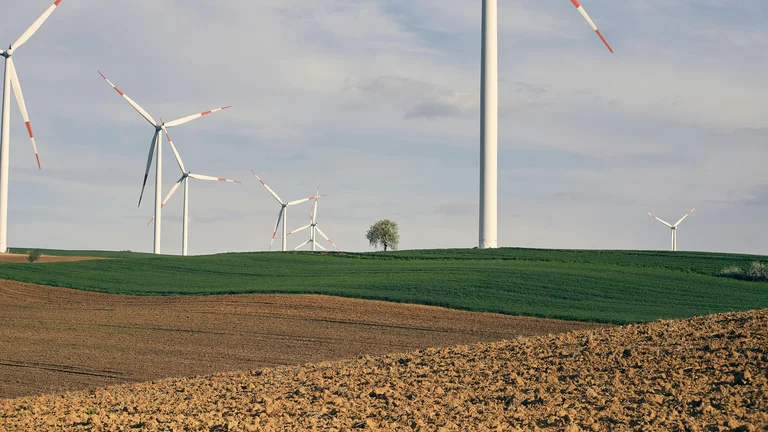Understanding Green Energy

Green energy refers to energy that is produced from renewable resources which naturally replenish themselves. This includes sources like sunlight, wind, rain, tides, waves, and geothermal heat. Unlike fossil fuels, green energy has a lower environmental impact, contributing to reduced greenhouse gas emissions and pollution. As global efforts to combat climate change intensify, the importance of investing in these renewable sources has grown tremendously.
The Growth of the Green Energy Market
The global green energy market has experienced significant growth in recent years. This growth is driven by declining costs of renewable energy technologies, especially solar and wind power. As countries implement supportive policies and increase awareness of climate issues, investments in green energy have surged. With advancements in technology enhancing efficiency, the prospects for renewable energy sectors are optimistic. Governments and private investors are now redirecting substantial funds toward developing renewable projects.
Key Sectors for Investment
Several sectors within the green energy landscape offer promising investment opportunities. Solar energy, with its diverse applications, offers substantial potential. The declining cost of solar panels has made photovoltaic systems more accessible, attracting home and commercial installations alike. Wind energy is another hotspot, especially in regions with natural wind resources. Geothermal energy, while less common, provides stable and continuous power generation. Additionally, energy storage technologies, including batteries, are crucial for accommodating the intermittent nature of renewable sources, paving new paths for investment.
Challenges in Green Energy Investment
Despite the positive outlook, investing in green energy is not without challenges. Regulatory uncertainties can pose hurdles for potential investors. Different regions have varying policies regarding incentives for renewable energy projects. Additionally, the competition with established fossil fuel markets, which often receive subsidies, can make it difficult for green energy firms to gain traction. Ensuring the reliability of renewable sources also requires significant advancements in energy storage technology, which is still developing. Addressing these obstacles is essential for fostering a sustainable investment environment.
The Future of Green Energy Investment
The future of investing in green energy looks bright, fueled by innovation and evolving market dynamics. As climate policies tighten globally, more investors recognize the long-term viability of green energy. The urgency to transition away from fossil fuels opens new doors for investment in clean technologies. Moreover, consumer demand for renewable energy solutions is on the rise, influencing corporate strategies toward sustainability. The increasing integration of AI and IoT in energy management will further enhance the efficiency and appeal of renewable energy investments, making a compelling case for stakeholders to engage in this sector.
| Energy Source | Market Potential | Challenges |
|---|---|---|
| Solar Energy | High | Intermittency, initial costs |
| Wind Energy | Moderate to High | Regulatory barriers, land use |
| Geothermal | Moderate | Resource location, exploration costs |
| Energy Storage | High | Cost of technology, scaling |
FAQ - Investing in Green Energy
What is green energy?
Green energy is energy produced from renewable sources that have minimal environmental impact, such as solar, wind, geothermal, and sustainable biomass.
Why should I invest in green energy?
Investing in green energy supports sustainable practices, reduces carbon footprints, and has the potential for strong returns as demand for renewables grows.
What are some common challenges in green energy investments?
Common challenges include regulatory uncertainties, competition with fossil fuels, and the need for advancements in energy storage technologies.
Which sectors of green energy are the most promising?
Promising sectors include solar energy, wind energy, geothermal, and energy storage systems, particularly with ongoing technological advancements.
How does green energy mitigate climate change?
Green energy mitigates climate change by replacing fossil fuels with renewable sources, thus reducing greenhouse gas emissions and promoting sustainable practices.
Investing in green energy is a vital strategy for promoting sustainability and addressing climate change. As technologies improve and costs decline, sectors such as solar, wind, and energy storage present lucrative investment opportunities. The shift towards renewables offers significant potential for returns and environmental benefits.
Conclusão sobre Investing in Green Energy.